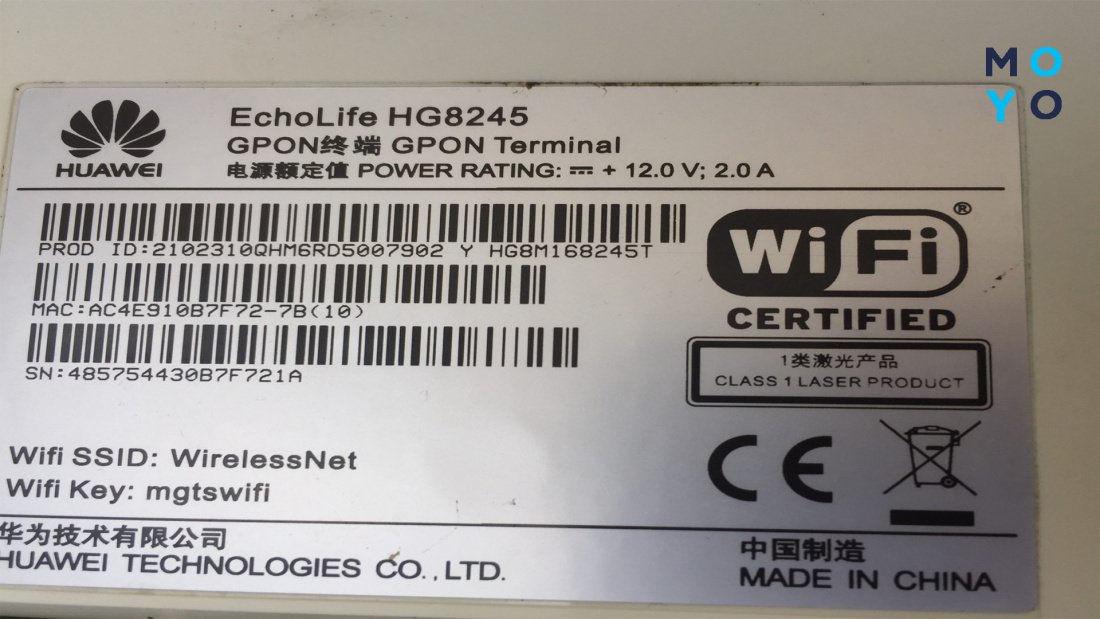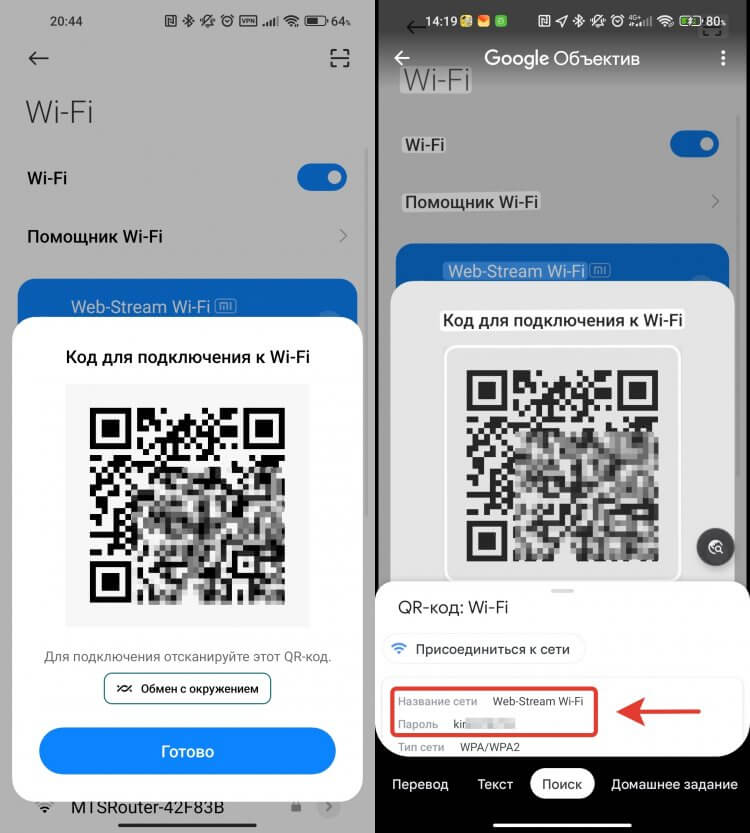
In today’s digital age, ensuring the security of your home or office internet connection is of utmost importance. As more devices connect to the web, the need to protect your access point from unauthorized use becomes critical. This guide will explore the key strategies and tools needed to safeguard your wireless network, providing you with peace of mind and a more secure online experience.
Modern technology offers a range of methods to enhance the security of your internet access. From creating strong access codes to utilizing advanced encryption protocols, there are several steps you can take to fortify your network. Understanding these methods is essential to prevent potential breaches and ensure that your connection remains private and efficient.
Whether you’re setting up a new router or updating the security of an existing one, it’s crucial to follow best practices for digital safety. This includes choosing robust authentication measures, regularly updating your firmware, and staying informed about the latest security trends. By taking these precautions, you can significantly reduce the risk of unauthorized access and protect your personal data from cyber threats.
How to Secure Your Wi-Fi Password
In today’s digital age, ensuring the safety of your home internet network is more important than ever. Cyber threats are constantly evolving, and leaving your connection vulnerable can lead to various security issues. By following a few key practices, you can protect your network from unauthorized access and potential data breaches.
Create a Strong Passphrase: To enhance the security of your network, it’s crucial to use a robust and unique combination of words, numbers, and symbols. Avoid using easily guessable information such as common words or sequential numbers.
Change Default Settings: Many routers come with pre-configured settings that are well-known to hackers. Make sure to update these settings, including the network name, to something less predictable.
Enable Network Encryption: Utilize the strongest encryption protocol available on your router, such as WPA3, to ensure that the data transmitted over your network is secure. This adds an extra layer of protection against unauthorized access.
Regularly Update Firmware: Router manufacturers often release updates to fix vulnerabilities and improve security features. Regularly check for and install firmware updates to keep your network protected against the latest threats.
Monitor Connected Devices: Keep an eye on the devices connected to your network. By regularly reviewing the list of connected devices, you can identify and disconnect any unfamiliar or suspicious connections.
By implementing these practices, you can significantly enhance the security of your home internet network, ensuring that your personal data and devices remain safe from potential cyber threats.
Creating a Strong and Unique Password
Ensuring the security of your online accounts is essential in the digital age. One crucial step is to create a combination of characters that is both secure and distinct. This section will guide you through the process of crafting such a combination, highlighting key principles and practical tips.
To build a secure and unique access key, consider the following:
- Length: Aim for a sequence that is at least 12 characters long. Longer combinations are generally more difficult to crack.
- Complexity: Use a mix of uppercase and lowercase letters, numbers, and special symbols. This diversity makes it harder for unauthorized individuals to guess.
- Unpredictability: Avoid using easily guessable information such as names, birthdays, or common words. Instead, opt for random sequences or phrases that only you would know.
To further enhance the security of your digital keys, consider these additional practices:
- Unique for Each Account: Never reuse the same combination for multiple accounts. Each account should have its own distinct sequence to prevent a breach in one account from compromising others.
- Regular Updates: Periodically change your access codes. Set reminders to update them every few months.
- Use a Password Manager: A reliable password manager can generate and store complex sequences for you, reducing the burden of remembering each one.
By following these guidelines, you can significantly improve the security of your online presence and protect your personal information from potential threats.
Avoiding Common Password Mistakes

In the digital age, ensuring the security of your online accounts is crucial. Many people unknowingly make errors that compromise their safety. Understanding and avoiding these common missteps can greatly enhance your protection.
- Using Easily Guessable Words: Avoid using words or phrases that can be easily guessed, such as names, birthdays, or common phrases. These are the first things hackers try when attempting to gain access to an account.
- Reusing Codes Across Multiple Accounts: It might seem convenient to use the same combination for different services, but this practice significantly increases risk. If one account gets compromised, all accounts with the same credentials are also vulnerable.
- Ignoring Two-Factor Authentication (2FA): Many platforms offer 2FA, which adds an extra layer of security by requiring a second form of verification. Ignoring this feature can leave your accounts exposed.
- Failing to Update Regularly: Regularly changing your access codes can prevent unauthorized access. Sticking with the same combination for long periods increases the likelihood of it being cracked.
- Using Predictable Patterns: Sequences like “123456” or “abcdef” are among the first combinations hackers try. Always opt for more complex and unpredictable strings.
- Storing Information Insecurely: Writing down or saving access information in easily accessible places, such as sticky notes or unencrypted files, can lead to serious security breaches.
By being mindful of these common mistakes and taking proactive steps to avoid them, you can significantly strengthen the security of your online presence.
Using Password Managers
In today’s digital age, safeguarding your online credentials is of utmost importance. With numerous accounts to manage, maintaining secure and unique login information can be challenging. This is where password management tools come in handy, offering a practical solution to enhance your digital security effortlessly.
- Efficiency: Password managers store all your credentials in one secure location, eliminating the need to remember multiple complex logins.
- Security: These tools use advanced encryption techniques, ensuring that your sensitive information is protected from unauthorized access.
- Convenience: With features like autofill, you can quickly and easily log into your accounts without having to type in your credentials each time.
- Generating Secure Logins: Many password managers offer the capability to generate strong and unique logins, reducing the risk of breaches.
When choosing a password manager, consider factors such as compatibility with your devices, ease of use, and the level of security provided. By integrating a reliable password management tool into your digital routine, you can significantly reduce the risk of unauthorized access and streamline your online experience.